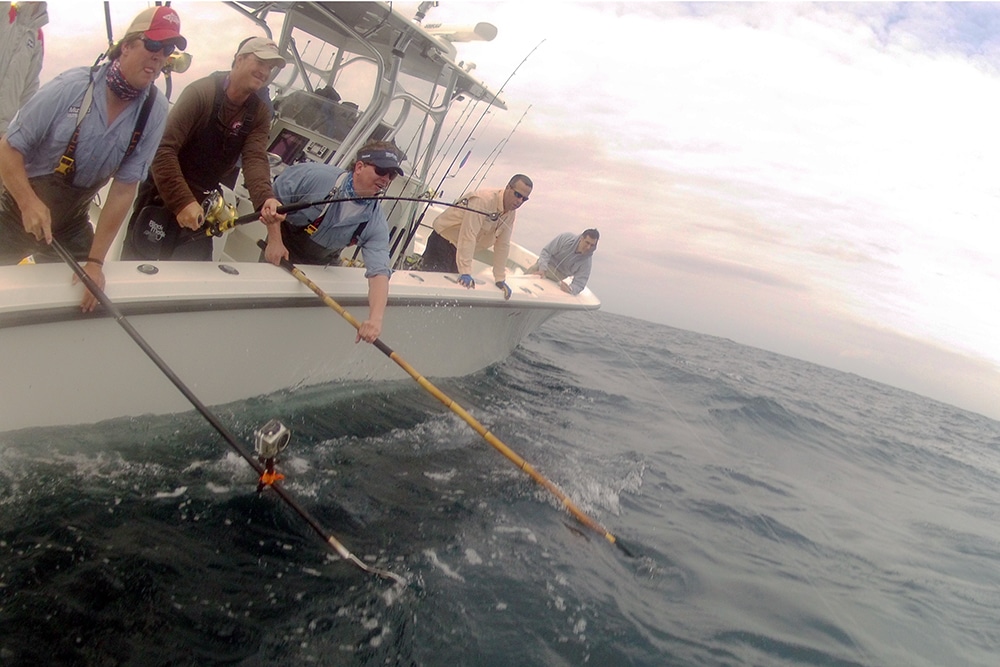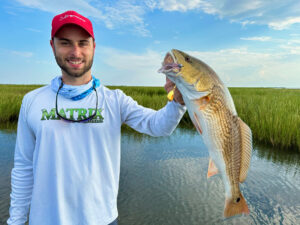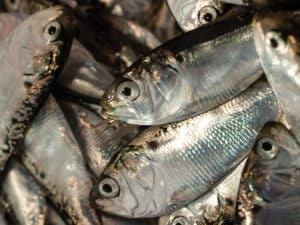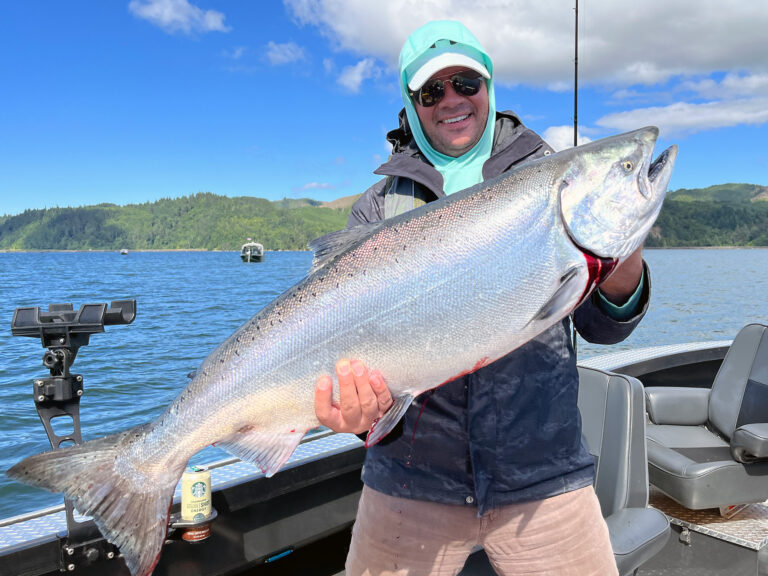Sport Fishing‘s digital editor Chris Balogh watches more fishing videos than anyone I know. As part of his job, he’s always looking for videos that our audience might enjoy. So when he grumbles about the uninteresting footage he has to sludge through, I listen.
Common signs of BFV (bad fishing video) are clips that run way too long, low-quality video below 720p, emphasis not on the fish itself, useless titles and descriptions, or unappealing fonts and text, he says. Each of those telltales immediately makes a viewer click away.
The whole point of creating your own fishing video is to have your friends — and to a broader extent, the angling Internet — watch and enjoy it. Don’t let your efforts go to waste. So if your DSLR camera, pocket HD video camera or even smartphone produces quality video, take the time to shoot and edit fishing video that’s worth watching.
Shoot Captivating Fishing Video
Don’t get caught up in filming every single second on the water. Long videos, anything topping three minutes, is often too lengthy to keep the attention of Internet users.
“Keep it fun, and just film the special moments,” says Cavin Brothers, producer at Colorblind Media. “The best videos tell a story, so think about the scenes that you will need to tell yours.”
An HD camera stuck to your head might capture the moment, he says, but YouTubers are probably already sick of seeing that view. Get different angles of the action: Add a waterproof camera to your downrigger ball or bottom rig, fly it above the boat via a drone, add a camera to the trolling spread, or strap it to a fishing rod or gaff handle for a different perspective. A few great video clips, even if it’s 30 seconds’ worth, trump a bunch of mediocre shots.
“You might enjoy reliving your entire fishing trip,” Brothers says, “but the odds are that other watchers will be turned off by the boring stuff in between the action.”
Maximize Your Camera
“The best settings to use on your video camera, if your model supports it, are 1080/60p,” says Michelle Makmann, producer of Sport Fishing Television. “This will give you the highest quality and the most flexibility with your footage now and in the future.”
The number “1080” refers to 1,080 horizontal lines of vertical resolution, aka full high-definition resolution. The “p” stands for progressive scan, which offers a better quality image than interlaced (1080i). The “60” refers to frames per second.
“Shooting 720/60p is the next best if you are looking to capture fast action, like a jumping fish,” Makmann says. “You sacrifice resolution for more frames in order to avoid motion blur. Yes, 1080/30p provides higher resolution than the 720/60p, but if you want slow-motion footage, you will see motion blur.”
Beyond video resolution, make sure to use a recommended class-rated media card in your camera, or risk corrupting video files. “I see this too often when judging fishing tournaments,” she says. “Tournament anglers’ date and time information can become corrupt, as well as the video.”
If you have a GoPro camera in its underwater housing, it’s important to include anti-fog inserts to prevent fogging the lens in cold and hot environments. Also, check regularly for software updates for your camera from the manufacturer’s website.
Sound and Music
Actually hearing what your friends say on camera while fishing is tough, even if they are loudmouths. The easiest option is to use a shotgun microphone, but even that can pick up interfering sounds like wind and engine hum.
“An external camera-mounted shotgun mic works best when trying to film one or two people at a time,” says Makmann. “Check what kind of audio inputs your camera supports; DSLR and POV cameras usually have a 3.5 mm mini jack.”
But the extra equipment is cumbersome and costly; so most anglers forgo the mic on the boat, and instead add music to their fishing videos during the edit process.
One hard-core angler who is talented at incorporating music in his fishing clips is Daniel “Dan Decibel” Diez, a South Florida DJ. It only comes naturally to put his two passions — music and fishing — into one package.
“Music definitely sets a tone for your fishing video,” he says. “I know the viewers can relate the song to what I’m showing. I listen to a lot of music, and when I hear the right song for a video, it usually clicks right away.”
Diez buys the songs he uses mostly from iTunes, though it’s important to note that he’s not selling his fishing clips — he creates them for his personal use. Most fishermen likely fall into a situation similar to his.
“If I am getting paid by a company to shoot fishing video for them, then I have to use royalty-free music,” says Diez.
Keep Edits Simple
Once you’ve shot the video, it’s time to cut it down to the best clips. Windows and Mac both come with free editing software (Movie Maker and iMovie respectively). Third-party companies also offer free applications. If your fishing videos really take off, industry-standard editing software includes Adobe Premiere or Final Cut Pro, but that might require upgrades in hardware too.
The hardest part of editing often seems to be leaving footage on the cutting-room floor, says Brothers. Still, it’s important to have flow, or a simple storyline, throughout the video.
“Editing starts with cutting the bad stuff and leaving the good,” he says. “The shorter the video is while still being able to tell your story the better, especially if your video is for the Web.”
Diez uses musical transitions from clip to clip. “The best way to start a video is by engaging viewers with something exciting or significant,” he says. “Then I’ll transition from scene to scene according to musical beats — I like to cut clips during the bass kick and snare-drum hits.” If it’s a slow part of the song, he fades his clips.
No matter how you decide to edit your own fishing video, it’s definitely a learning process. Don’t expect to hit a million page views right away, maybe not even 100, but with time and practice, your clips can excite and entertain fellow fishermen and friends across the Web.
About the Experts
Cavin Brothers is the producer at Colorblind Media (colorblindmedia.com), a Florida-based production company that specializes in outdoor content.
Daniel “Dan Decibel” Diez is a DJ, die-hard fisherman and often the designated cameraman. He blogs at Skinny Water Culture (skinnywaterculture.com).
Michelle Makmann is a senior producer at the Bonnier Television Group and producer of Sport Fishing Television (sportfishingmag.com/sftv).
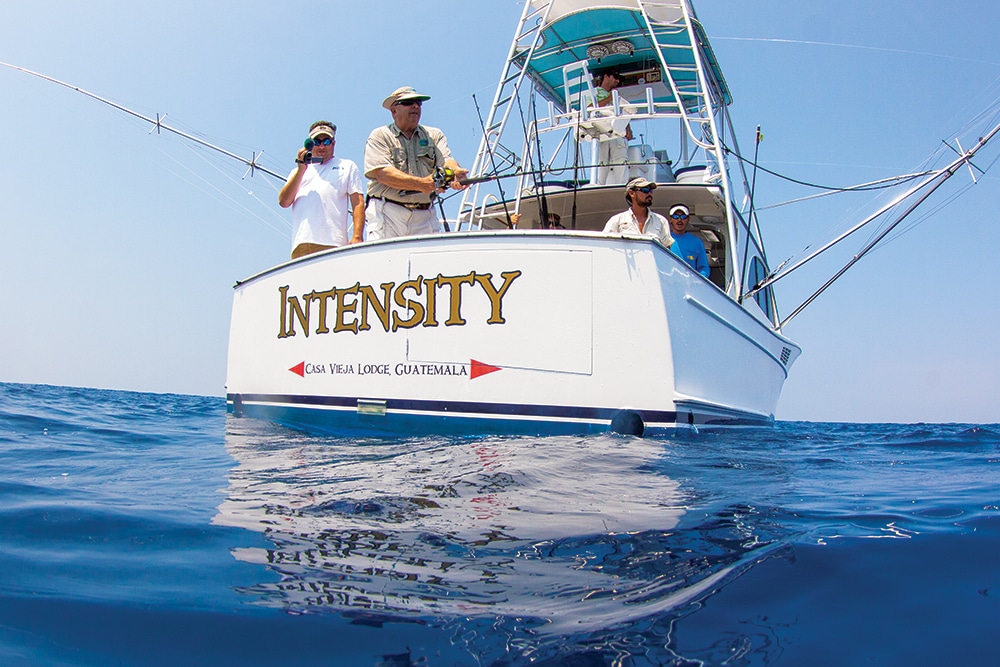
Is This Thing On?
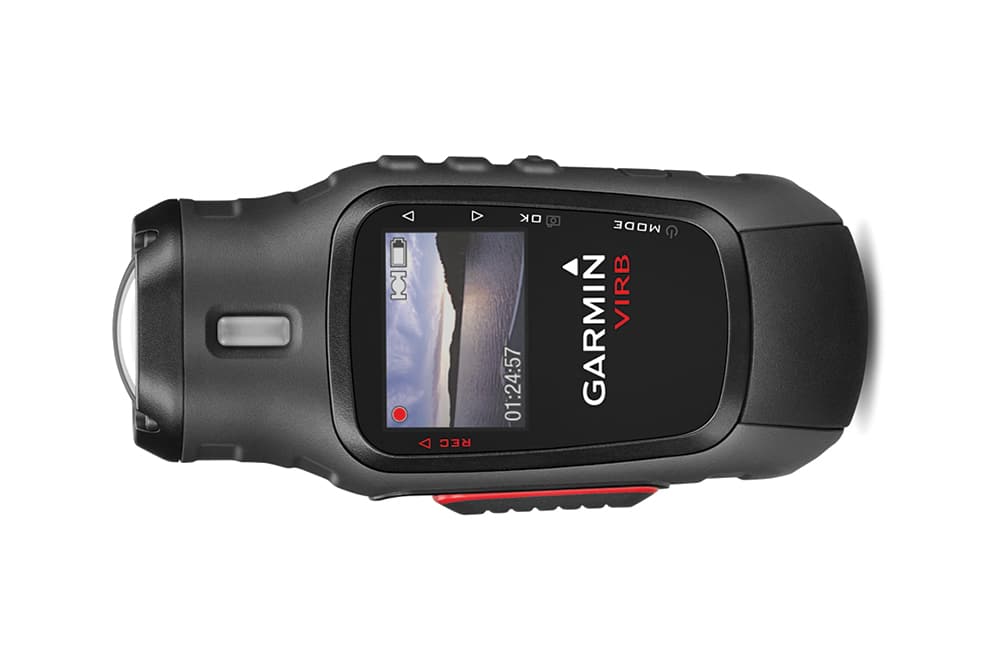
Is This Thing On?
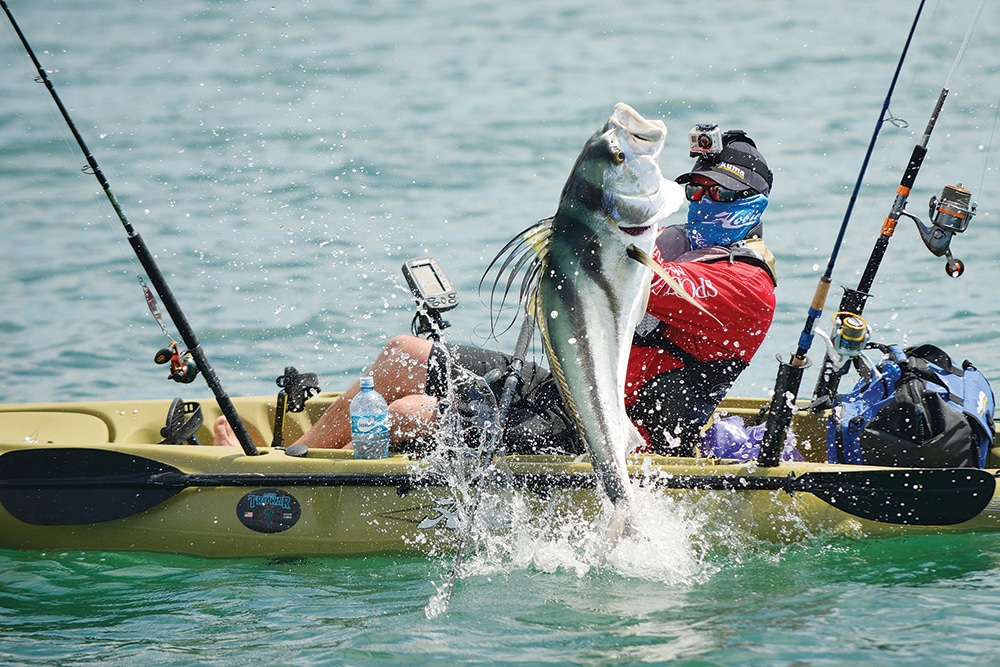
Is This Thing On?
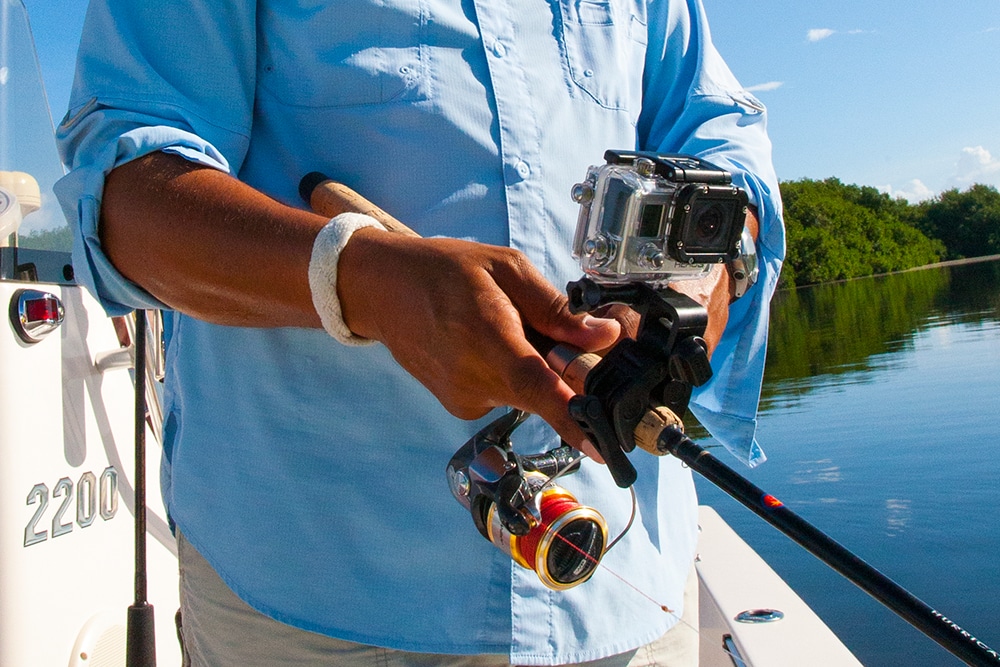
Is This Thing On?
